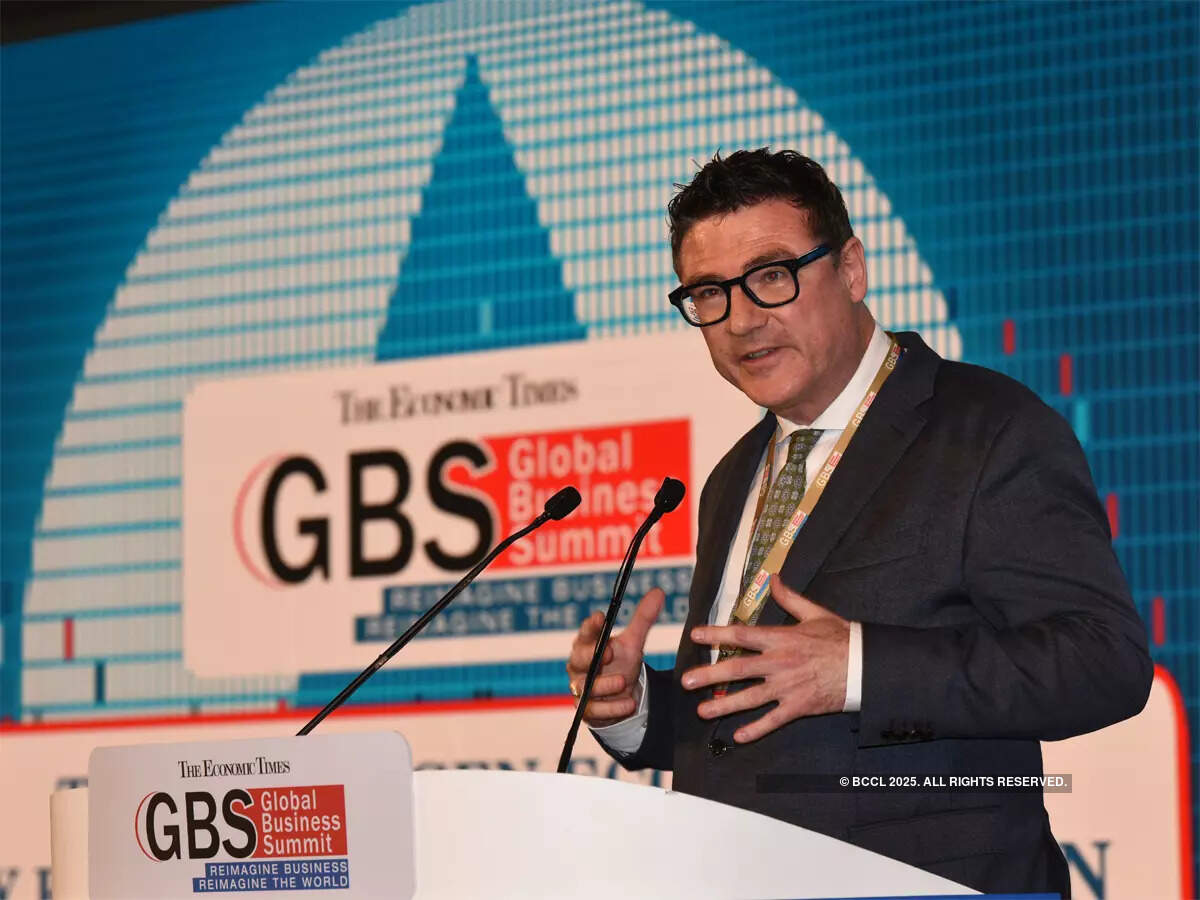
India is perfectly situated between Germany and Australia, and can contribute to Europe’s green hydrogen supply chain, Stefan Kaufmann said at the Economic Times Global Business Summit. Green hydrogen is climate-neutral hydrogen produced from renewable sources of energy such as wind and solar.
Though Europe has a goal to produce around 100 GW of green hydrogen by 2030, the continent will have to import more green hydrogen than it is exporting in the near future, said Kaufmann, former hydrogen commissioner of Germany and advisor to ThyssenKrupp.
“That is why we have to look outside of Europe-in those regions of the world that are rich in wind and solar power,” he added.
Kaufmann said the German government had already put together a hydrogen potential atlas for 31 western African countries, apart from inking a strategic cooperation pact with Australia. Germany’s hydrogen supply feasibility study with Australia identifies relevant regulatory, technical and economic obstacles that need to be overcome in order to develop a supply chain for green hydrogen also over long distances. That’s where India fits in well, he said.
“An important message that gives us confidence is that the costs of transporting hydrogen are almost negligible in view of the favourable production conditions in regions with an abundance of sun and wind-such as India. We talk about transport costs of less than 10 percent of the end price of the hydrogen,” he said.
That India is positioning itself in the green hydrogen value chain between Australia and Europe “pays in wonderfully to the Indo-Pacific cooperation strategy of the EU, launched in 2021,” he added.
The government of India, as a part of its national green hydrogen mission, plans to manufacture 5 million tonnes annually by 2030. Kaufmann however pointed out what could be India’s dilemma in the coming years: “Will you use the green hydrogen to decarbonise your country, or will you export it?”
There is no doubt that the world has been moving toward hydrogen, a trend indicated by big global investment numbers. Till now, 680 major hydrogen projects with an investment of $240 billion by 2030 have been announced globally, out of which 10 percent are either under construction or are in operation. Many more such projects are in the offing, something that may lead to the dominance of the hydrogen economy in the years to come.
Also Read:
